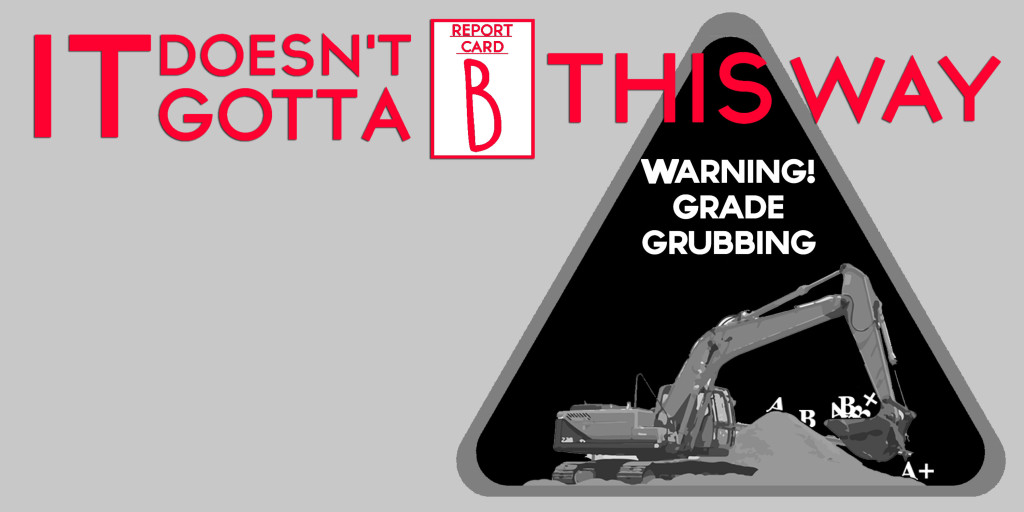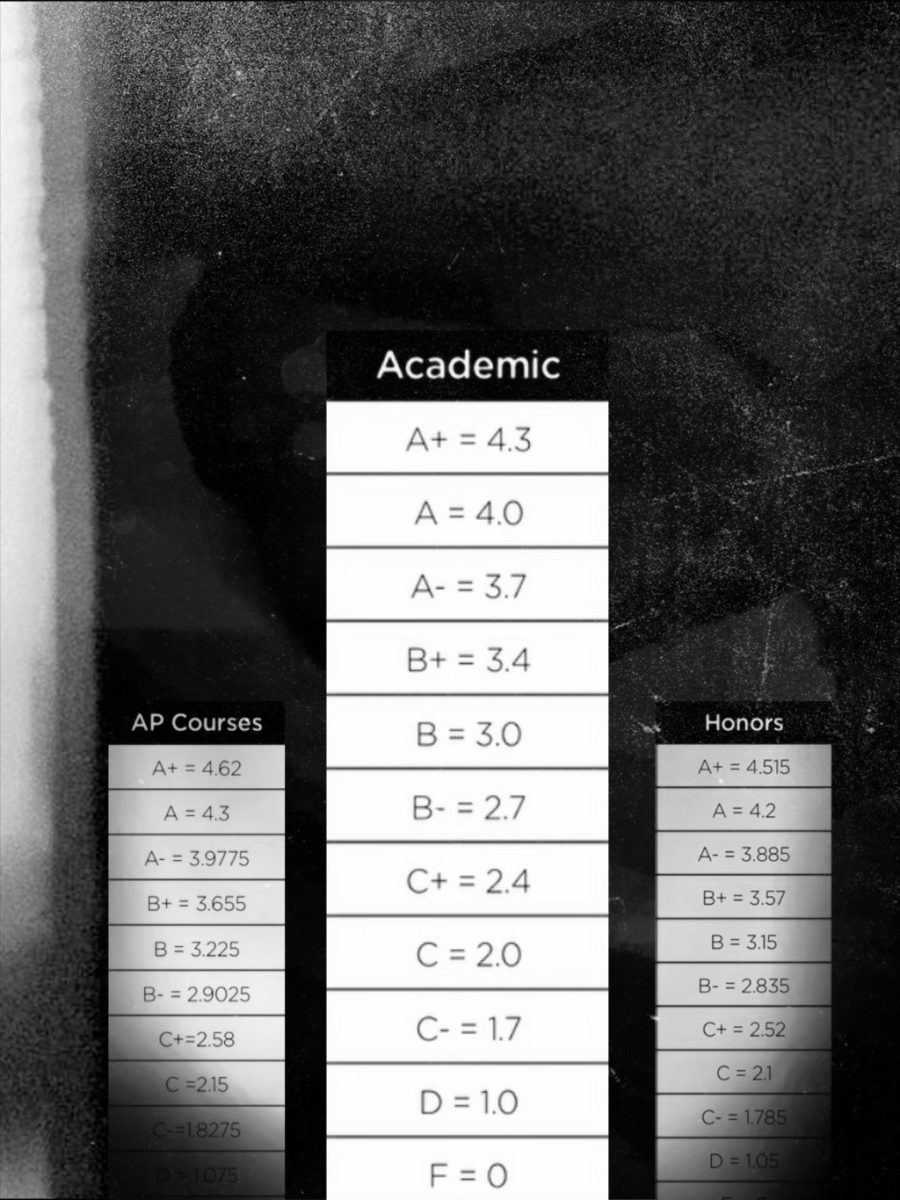Malvern can put an end to grade grubbing and it’s all in the system.
 The end of the quarter means a stressful time for students, parents, and teachers alike.
The end of the quarter means a stressful time for students, parents, and teachers alike.
Students do whatever the teacher allows to squeeze every point in every class to boost their GPA just that little .04. Teachers sift through emails from students and parents trying to work their way up to the next letter grade. Parents plead for any last chance to get their son just the extra half a percent to get above that dreaded “B-.”
It doesn’t have to “B” this way. Malvern should eliminate the concept of honors and switch from a letter grade system to a number grade system.
To get honors at Malvern, a student has to get above a 3.0 for second honors, 3.5 for first honors, or 4.0 for distinguished honors, and have no B- or below.
Honors at Malvern aren’t worth anything. The award is simply a piece of paper that is crumpled up and placed in a backpack after the honors assembly.
Honors create infinite and unnecessary stressors on students and teachers.
The difference between a 82.44% and an 82.45%, can be the difference between Distinguished Honors with a 4.03 or no honors with a 3.99.
A system without honors and a more exact GPA calculation than the current letter format would help dramatically with “grade grubbing.”
The current system translates a percentage grade for students into a letter grade based on the percentage range it falls in, and then from there into a GPA. This system makes cut-offs important, even if the percentage change is very small.
Under the current system, it is very easy for a student to try and pull the heartstrings on their caring Malvern teacher to bump them that .5% to increase their GPA .04.
What if the system bypassed the letter grade assignment, thus eliminating the importance of cut-offs? After all, what’s the real difference between a student with a 91.7% and one with a 92.5%?
The way GPAs should be calculated is taking the percentage performance in the class, dividing that by 20 and then subtracting one.
Let us show the difference between the old and new system.
Under the current system, a student with a 91.7% receives an A-, and consequently a 3.7 GPA. But if he just gets that extra .8%, he can bump his GPA up to a 4.0 in that class.
As you can see, there is an incredible motivation to beg and plead for every last point under the old system.
Under our proposed system, a student with a 91.7% receives a 3.585, and that extra .8% would only increase his GPA .04, instead of .3.
There is significantly less reason to beg for every point when the difference is .04 and not .3.
The goal of a student would no longer be at a certain threshold that they need to be concerned of reaching at the end of a quarter. Instead, the student will need to work hard all quarter to assure that the final number grade of the quarter will be positive.
GPAs could continue to be weighted with the same difference they are now, this merely eliminates a huge difference between percentages with miniscule disparity.
We have to end grade grubbing by eliminating the system in which we calculate GPAs that encourages the behavior.













